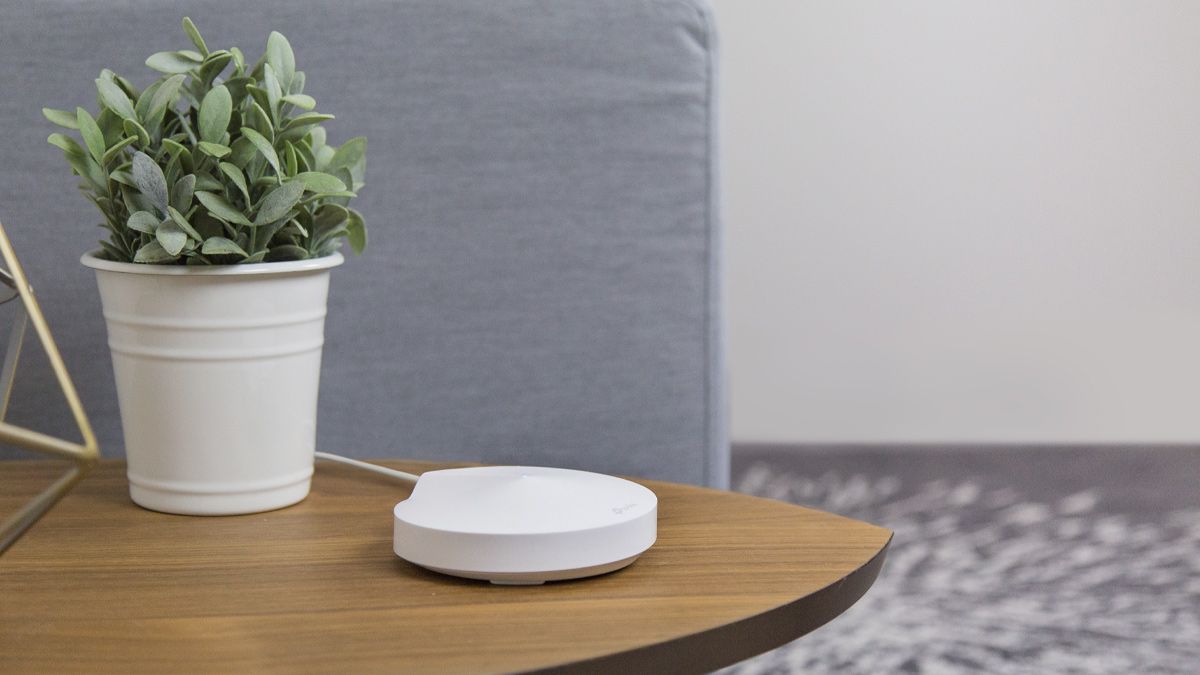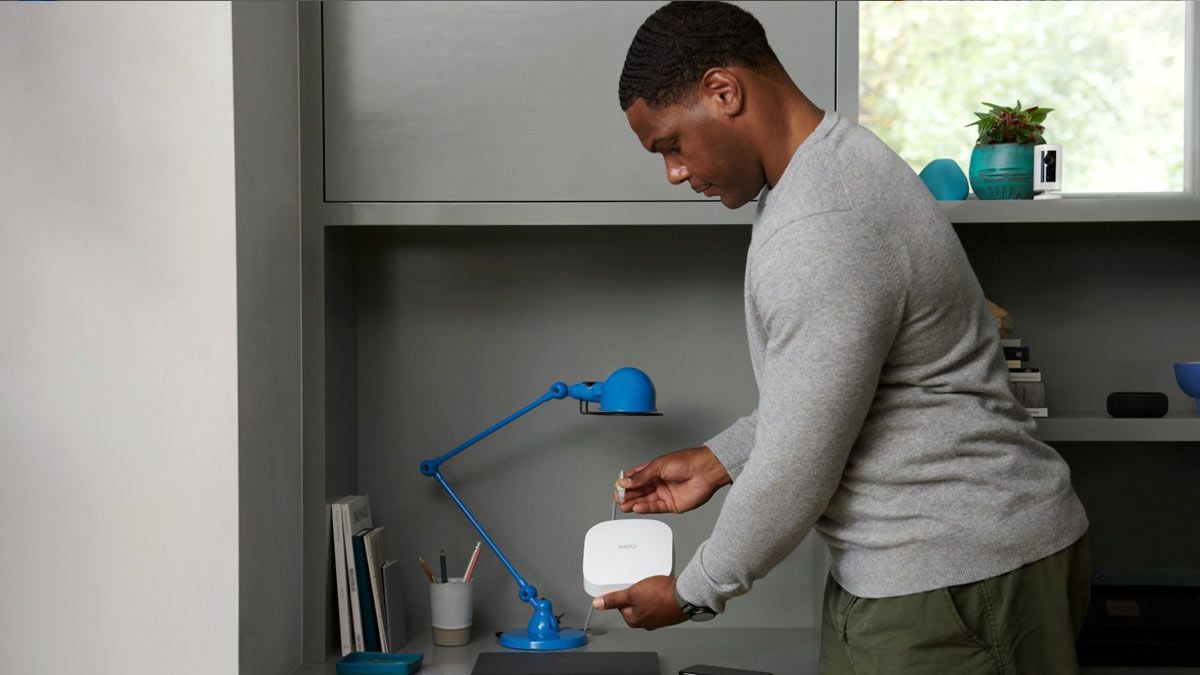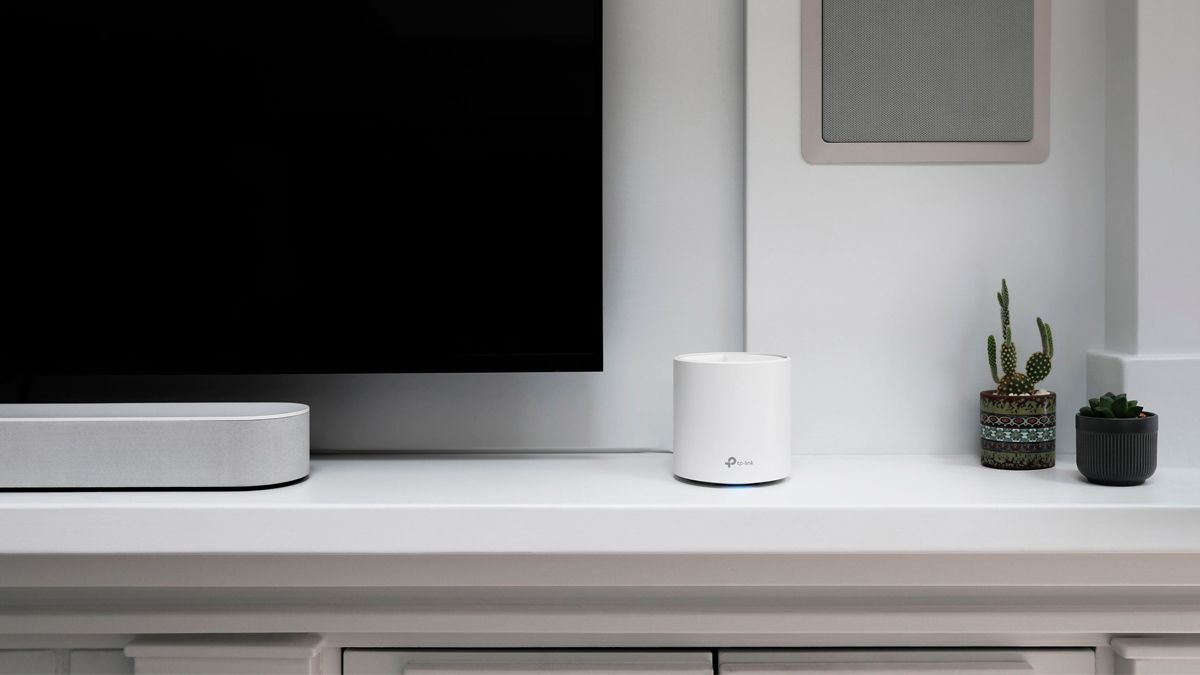Quick Links
There are a few situations where you might wish to keep using your existing router alongside your new mesh network. In some cases, you might even be required to do so! Here's what you need to know.
Why Use a Mesh Network With Your Old Router?
Typically when you buy a new router, whether it's a stand-alone traditional model or a bunch of mesh nodes, you replace the old one altogether. There are, however, situations where you may want or need to keep your old router operational.
Your ISP Requires It
Sometimes you have a combination router modem, wherein one piece of hardware is the modem that connects you to your ISP, a router, and a Wi-Fi access point all rolled into one. In that case, you'll need to keep the device around to serve, at minimum, as a modem.
In many cases, you must keep the hardware your ISP gave you active either because the modem is built into it and/or because the MAC address of the hardware they gave you is assigned to your account and required for authorization.
When faced with that situation, you can turn off the routing and Wi-Fi function of the combo unit your ISP gave you in order to use a multi-node mesh kit for both better Wi-Fi coverage in your house and improved Quality of Service rules or parental controls.
You Want to Retain Features From Your Old Router
If you really like certain features your current router offers but the Wi-Fi coverage is bad, you might keep the routing function turned on but use the Wi-Fi mesh network to provide better coverage for your home.
Maybe, for example, your current router offers exactly the parental control features you need as well as support for the specific VPN protocol you use or some other specific use case. While we'd recommend upgrading to newer hardware with the features you want, we do understand the appeal of sticking with a familiar tried-and-true system.
Let's take a look at the different ways you can combine your existing hardware and a mesh network. Be sure to check the documentation and settings for your particular hardware---both your existing hardware and the hardware you're considering adding---to ensure it supports the features and settings required for the particular setup configuration you're interested in.
Router Bridge Mode: Your Mesh Network Takes Over
We'll start with one of the most common setups: using your new mesh network as your primary router. This is the preferred way to do it for most people because it downgrades your modem/router/Wi-Fi combo unit to just a modem and allows your new hardware, like an eero mesh network, to handle everything else.
To do this, you'll need to access the configuration control panel of your existing router (and in some cases, you'll need to call your ISP to have them make the change).
What you're looking for is an option to put your router combo unit in "bridge mode." Sometimes, particularly in the case of many of the new fiber modems AT&T uses, there is no true bridge mode, but there is an option called "passthrough mode."
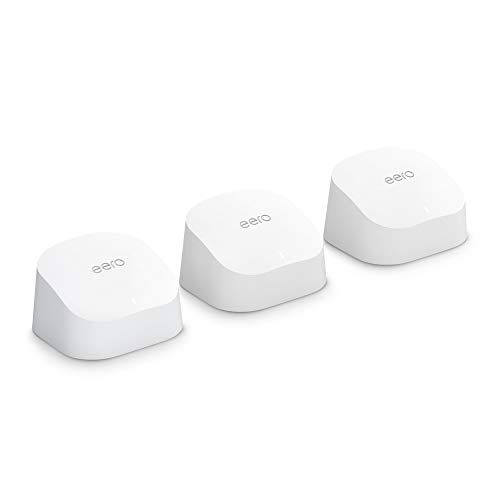
eero Wi-Fi 6 Mesh Network
Wi-Fi mesh networks like the eero are a great replacement for the cruddy underpowered Wi-Fi router your ISP gave you.
The purpose of putting your existing router in bridge mode is to instruct it to simply pass along network traffic without any of the extra elements a router usually provides, like DHCP address assignment.
Then, plug in your new mesh network hardware to the router and configure the new mesh network using a web browser or app, as instructed by the manufacturer.
Be sure to double-check the Wi-Fi status on the original router. Sometimes putting a combination unit in bridge mode turns off the Wi-Fi radios, but sometimes it doesn't. You don't need the old Wi-Fi setup (nor do you want the congestion from running it right next to your new mesh network) so take a moment to disable it.
From this point forward, you'll use your new mesh network to manage all the aspects of your home network, and your former router and Wi-Fi access point will simply serve as a gateway to connect your mesh network to the internet.
For anyone stuck with using ISP-supplied hardware but who wants to upgrade to better gear, this is a simple and easy way to upgrade your network.
Mesh Network Bridge Mode: A Very Mixed Bag
On the opposite end of things, instead of putting your existing router in bridge mode so that your new mesh network can do all the heavy lifting, you can instead put the mesh network in bridge mode to retain the features of your existing router while using the mesh nodes as access points.
We're going to caution you on this course of action, however, because it is very much a "your mileage may vary" situation. Different mesh network systems handle bridge mode in different ways. Further, the majority of consumer mesh platforms are designed to be installed as a cohesive end-point solution for the consumer, not shoe-horned in with other hardware.
Some mesh hardware, when put in bridge mode, continues to function as a cohesive mesh platform, albeit minus the routing functions and, usually, some of the advanced features.
The eero platform, for example, will function as a connected mesh network when put into bridge mode (though you do lose access to some of the more advanced features that require the routing component.) You can't use eero nodes as stand-alone access points; it's an all-or-nothing thing.
Other platforms like Google Nest Wi-Fi support bridge mode, but only for a single node at a time. In other words, if you put your three-node Nest Wi-Fi system into bridge mode, the primary node will function as an access point for your existing router, but all the additional nodes will simply drop off, and major features will be inaccessible.
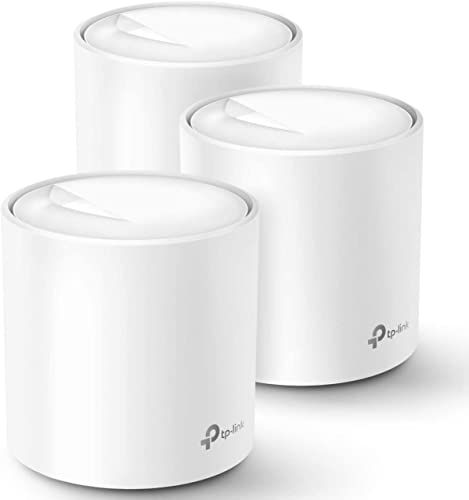
TP-Link Deco X20 WiFi 6 Mesh System
This inexpensive mesh system features Wi-Fi 6, WPA3, and a pile of advanced features.
Finally, other platforms like the popular TP-Link Deco lineup support stand-alone access point mode. In this configuration, your existing router handles all the routing functions, and the access points merely handle the wireless traffic. Typically you'll lose all inter-node communication, the advanced features, and the access point setup will require a wired backhaul with Ethernet connecting each access point back to the router.
Ultimately, unless you have a very specific need to slap mesh network hardware in bridge mode on top of your existing router, we strongly recommend against it. Mesh systems have advanced so much and offer so many features it would be a shame to miss out on almost all of them.

